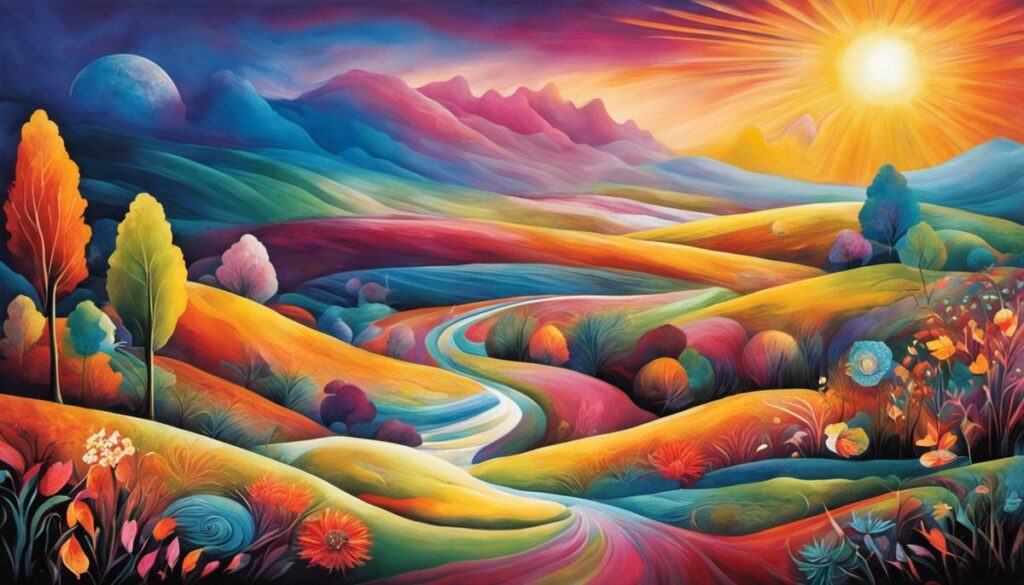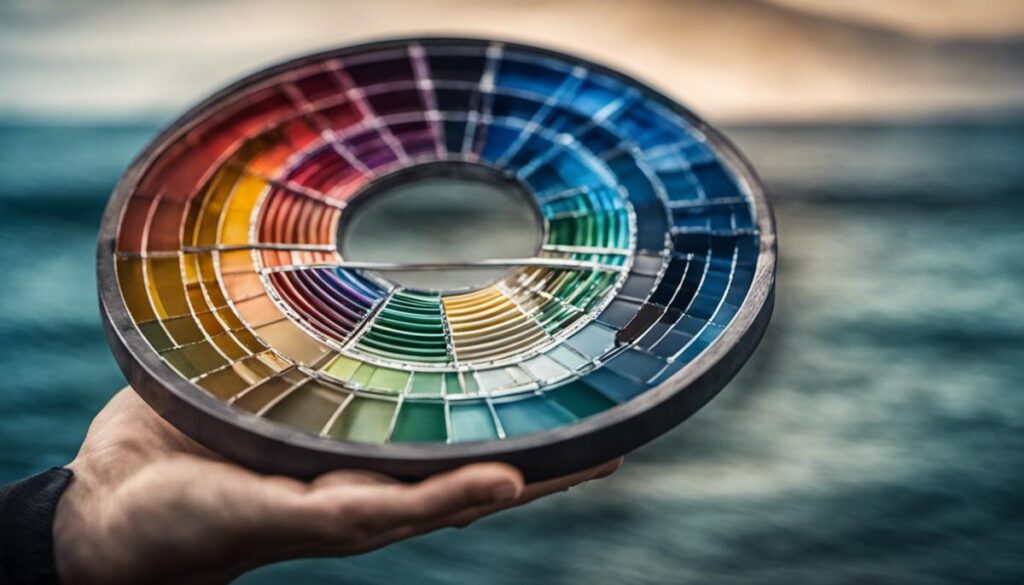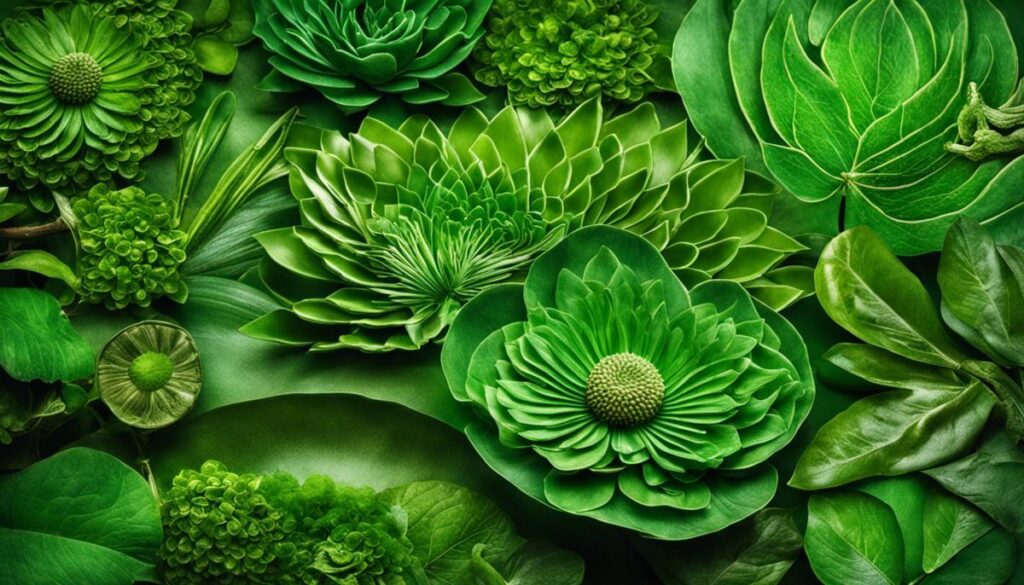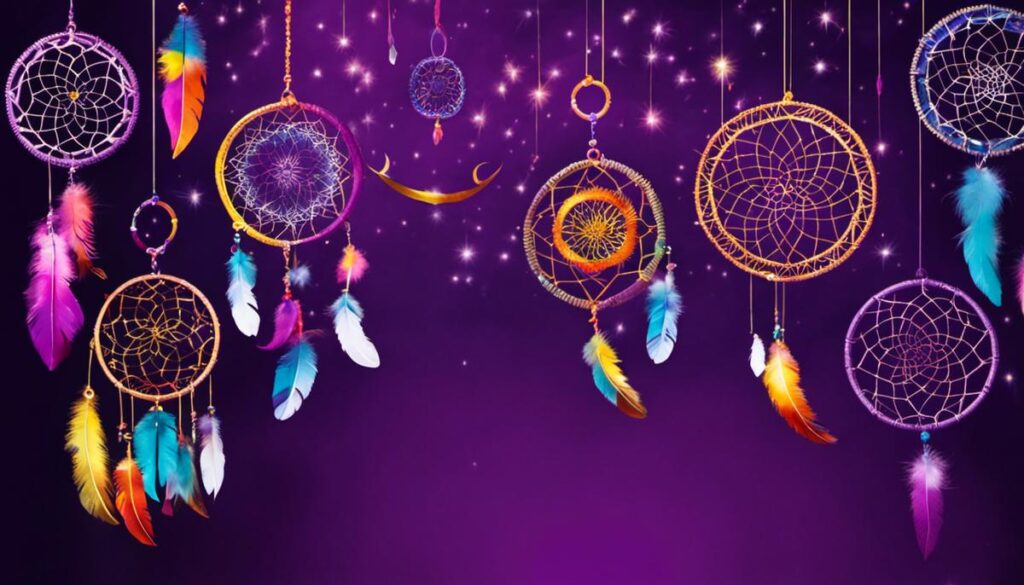There is an intricate and fascinating world that unfolds in our dreams, a realm that often leaves us filled with curiosity and awe. These spaces of our imagination, often overlooked, carry the unspoken weight of our emotions, thoughts, and the subconscious mind. The captivating aspect of dreams is the vivid colors that often accompany them, acting as significant players in the grand, mysterious act. As we explore the intriguing world of dreams, we delve deep into the cognitive mechanism behind dreaming, the psychology of color and emotion, and the symbolism of colors in our dreams. Were the hues you dreamt of last night random, or was there meaning behind them? Let’s begin the fascinating journey into the world of dreams, unlocking secrets stitch by stitch, color by color.
Understanding the Psychology Behind Dreams
Understanding Why We Dream
Dreams have intrigued scholars and philosophers for centuries due to their complex and elusive nature. Psychologists and neuroscientists have proposed various theories to explain why we dream. Today, it’s generally accepted that dreams serve several functions, ranging from processing emotions to cognitive development.
Dreams are a universal human experience, and they often reflect our thoughts, feelings, and experiences. Some psychologists believe that dreams are a manifestation of our subconscious, offering a glimpse into our deepest desires, fears, and concerns. Others view dreams as a way for our brain to process the day’s events, make sense of the complex barrage of stimuli we encounter in our daily lives, and consolidate our memory.
Notable Theories About Dreams by Famous Psychologists
Sigmund Freud, a leading figure in psychoanalysis, posited the wish-fulfillment theory of dreams. He suggested that dreams are the expression of repressed wishes, often revealing unconscious desires or conflicts. Some dreams, according to Freud, have a latent content—hidden meaning—that may be uncovered through dream analysis.
Carl Jung, a former student of Freud, broke from his mentor’s teachings and offered his own interpretations. Rather than viewing dreams as mere wish fulfillment, Jung viewed dreams as a means of communication from the subconscious to the conscious mind. He believed dreams could help individuals to achieve wholeness by integrating their conscious and unconscious thoughts.
More recent dream theories move away from the symbolic interpretation approach. Today, many researchers support the activation-synthesis model, proposed by Harvard University psychiatrists J. Allan Hobson and Robert McCarley in the late 20th century. This theory suggests that dreams result from the brain’s attempt to make sense of random neural activity during sleep.
The Role of Color in Dreams
Color plays a significant role in dreams and can provide additional layers of interpretation. Meanings attributed to colors in dreams often draw on cultural, personal, and universal associations. However, the presence and significance of color in dreams have been topics of debate among researchers.
Some theories proposed that dreams were universally a black and white experience, attributing instances of color to the mind’s attempts to fill in dream scenes upon waking. However, modern research indicates that most people dream in color, with the prevalence of color dreams correlating positively with the extent of color media exposure in one’s formative years.
Interpreting the Significance of Colors in Dreams
Delving into the realm of dreams, one realizes that colors seen during these subconscious experiences often carry specific, meaningful messages or evoke unique emotions. For instance, the color blue could embody tranquility or serenity, while the color red may project expressions of anger or fervent passion. Nevertheless, it is vital to acknowledge the significance of the dream’s context and one’s individual connection to specific colors. For instance, if green is associated with nature’s bounty and revitalization for an individual, their interpretation of a dream abundant in green shades would differ considerably from another who correlates green with sickness or jealousy.
Furthermore, it’s important to understand that colors in dreams do not always carry a literal interpretation. Often, they symbolize abstract notions or emotional states. Dreaming of white, for example, might symbolize virtue, simplicity, or starting anew, while black might indicate mystery, unexplored territories, or negative elements.
To summarize, colors enrich and inform our understanding of dreams. However, it’s crucial to appreciate that the interpretation of dreams is essentially subjective and highly personalized. Though there are broadly accepted interpretations of certain colors, a person’s unique experiences and context play a fundamental role in their understanding.
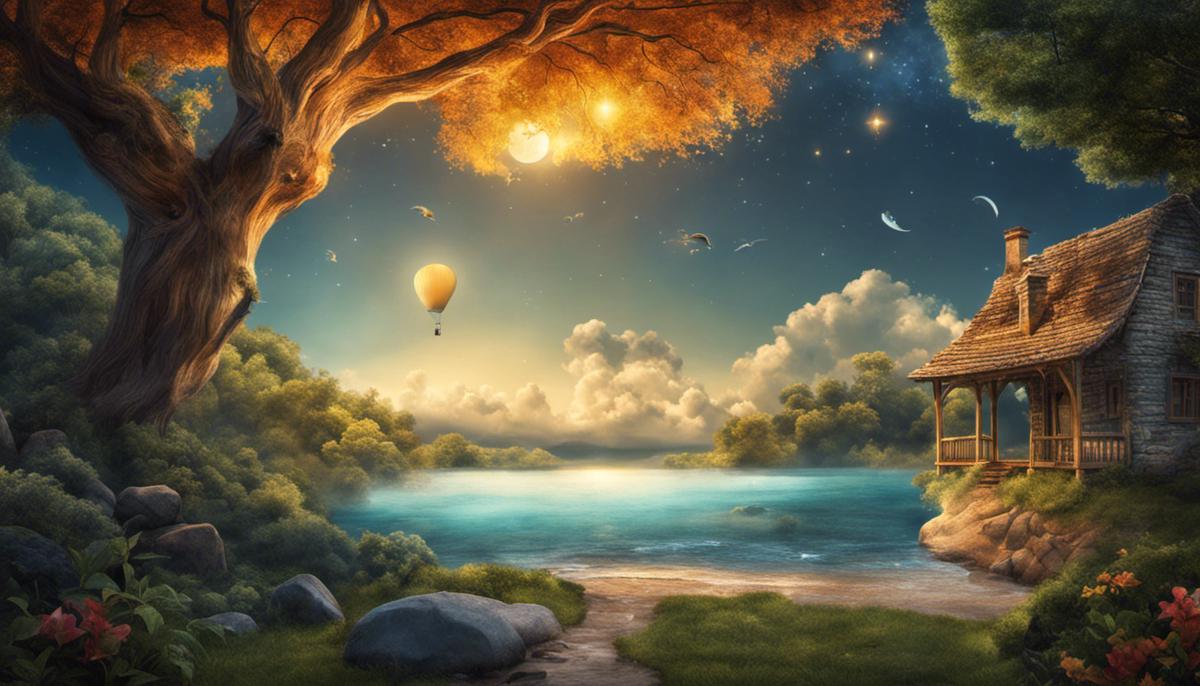
Link Between Colors and Emotions
Understanding the Basics of Color Psychology
Branching out from dreams into waking life, the study of color psychology delves into the influence of hues on human behavior. This distinct field of study suggests the ability of colors to subtly sway unapparent perceptions, impacting phenomena like our sense of taste. It is largely acknowledged that colors carry innate connotations that can stimulate precise responses in our brain. These responses subsequently manipulate our moods, emotions, and even our physiological processes.
Colors and Emotions
Each color corresponds with certain emotions or feelings. For instance, blue typically promotes feelings of calmness, stability, and reliability. Green often symbolizes health, tranquility, and nature. Red is associated with energy, passion, and action. Yellow can inspire feelings of happiness, warmth, and creativity. Purple is often connected with luxury, ambition, and power. Understanding this connection provides a fundamental understanding of color psychology.
Colors in Dreams: An Overview
According to the color psychology, colors seen in your dreams may have symbolic meanings related to your emotions or mood. For example, if you frequently dream in blue, it might indicate that you have been feeling calm and stable. Green could represent health and tranquility. Red might suggest passion or anger, while yellow could symbolize happiness or deception, depending on the context of the dream.
Connection Between Color Psychology and Dreams
The application of color psychology to dreams is based on the idea that our brains interpret the colors we see while we sleep, the same way it does when we’re awake. These interpretations can therefore provide insights into our feelings, thoughts, and situations.
Role of Personal Experiences
While color psychology provides a general guideline for interpreting the appearance of colors in dreams, personal experiences and cultural differences can also play a role. Certain colors might hold specific meanings for individuals based on their past experiences or cultural backgrounds. For example, white might symbolize purity in some cultures, while it might represent mourning in others.
Interpreting Colors in Dreams
To interpret the role of colors in your dreams, it’s important to consider their psychological associations, the emotions they evoke in you, and any personal meanings they may hold. Moreover, it’s also essential to take into account the context in which the color appears in your dream – for instance, a red apple might symbolize health, while a red fire might represent danger. Remember that the interpretation of dream colors remains largely subjective, and the most accurate interpretations often come from the dreamer themselves.
The Significance of Dreams Without Colors
Some individuals report dreaming in black and white, or not remembering colors from their dreams. Noticing an absence of color in your dreams or not remembering the colors does not necessarily indicate a lack of significance. Some psychologists suggest that color-less dreams could represent feelings of nostalgia, or they could be a reflection of the dreamer’s focus on certain ideas rather than the visual aspects of the dream.
Color psychology is a fascinating field that can impart us the potential meanings of colors in our dreams. Yet, we need to bear in mind that every individual’s experiences and contexts differ and, because of this, dream interpretation is a highly subjective process. The best person to decode your dreams would likely be you, as you possess the deepest understanding of your emotions and experiences.
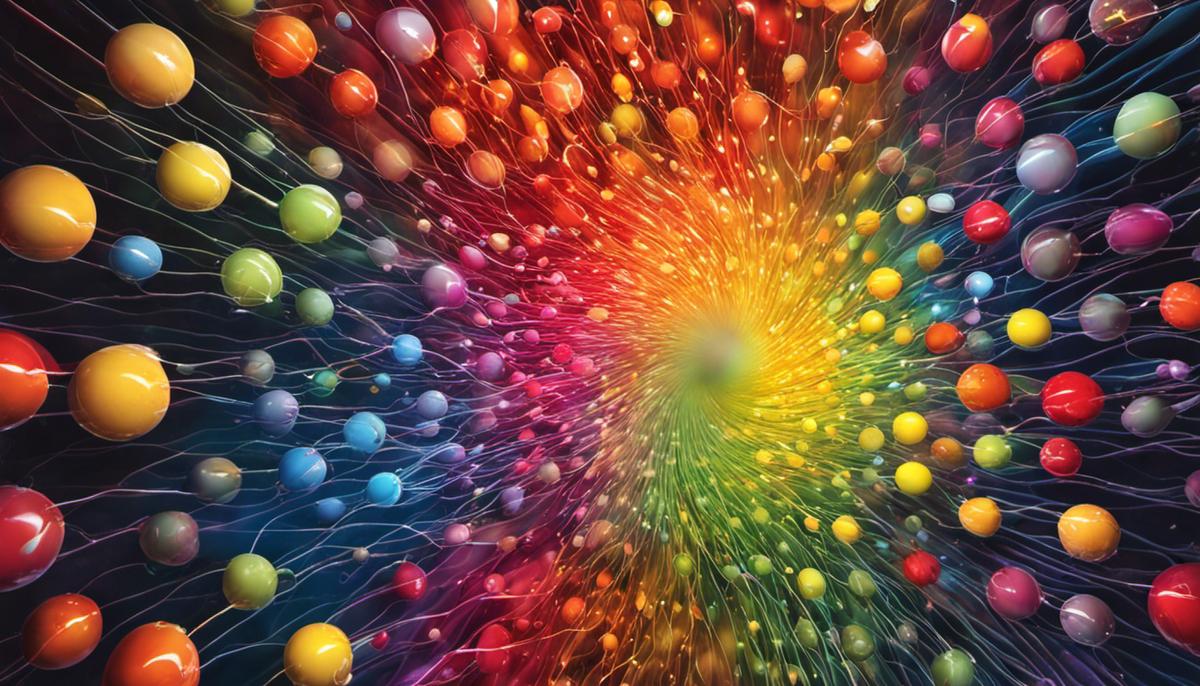
Meaning of Specific Colors in Dreams
Unveiling Red: A Dual Symbol of Passion and Danger
Dreaming about the color red may offer a double-edged connotation. The color red can potentially symbolize emotions related to love, passion, desire, and lust — it could be a manifestation of those overwhelming emotions. On the other side of the coin, red can denote danger, anger, or violence. It seems that red naturally triggers a sense of alertness and can thus indicate an impending peril or problem in your waking life. Your personal connection and emotional reactions to this color could also play an influential role in its interpretation.
Blue: The Color of Serenity and Sadness
Blue is a common color to dream about, often symbolizing peace, calm, and tranquility. It implies that you may be seeking relaxation or relief from a situation in your waking life. On the flip side, darker or more muted blues can suggest melancholy, loneliness, or despair. It can denote a sense of distance or detachment from events or people.
Green: The Color of Growth and Envy
Dreams that are dominated by the color green are typically associated with growth, renewal, and vitality. This color may suggest personal development and positive change. However, darker or muddier shades may also be related to jealousy, greed, and destructive behavior.
Yellow: The Color of Happiness and Deception
Bright yellow is most commonly associated with joy, positivity, and inspiration. Seeing this color in your dream could indicate a burst of happiness or an upcoming period of personal creativity. However, depending on the context, yellow could also represent deceit, cowardice, or illness.
Black: The Color of Mystery and Loss
Black can have contradicting interpretations in dreams. It might symbolize mystery, the unknown, or subconscious material yet to be revealed. On the other hand, black can also signify loss, destruction, or death. Its presence in your dream may suggest unresolved feelings or worries about loss and mortality.
White: The Color of Purity and Isolation
White in dreams often symbolizes purity, innocence, and completeness. It can indicate a fresh start or a journey towards self-realization. However, too much white might also suggest isolation, emptiness, or feeling overwhelmed by changes or decisions.
Grey: The Color of Indifference and Depression
Present usually in ambiguous situations, grey signifies neutrality or indecisiveness. This might express feeling stuck, showing conflict between different decisions or directions in your life. Darker shades of grey could be indicative of depression, fear, or isolation.
Purple: The Color of Royalty and Spirituality
Dreaming of purple may suggest wealth, wisdom, dignity, or high aspirations. It might also signify spiritual protection and enlightenment. This color is often associated with a deep sense of self, reflecting personal growth, and understanding.
Keep in mind that understanding the significance of colors in dreams isn’t a black-and-white process, as individual interpretations can vary significantly. These interpretations are often influenced by personal, cultural, and situational contexts. Ultimately, the dreamer is the best person to derive the potential meaning from their dreams.
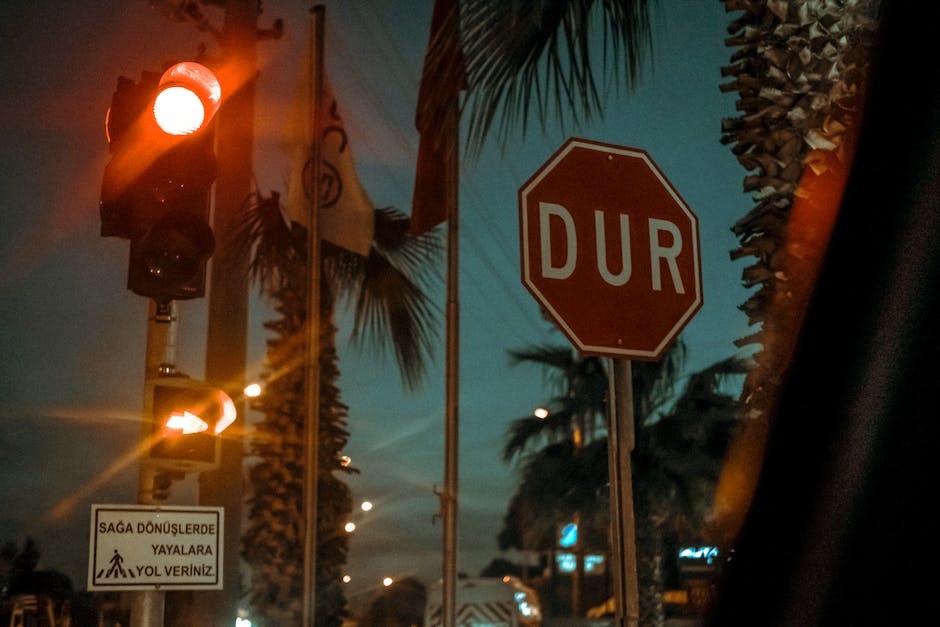
Applying Dream Color Interpretations in Reality
Identifying Recurring Patterns in Dreams
Dream interpretation isn’t a perfect science but largely depends on personal perspectives and experiences. A particular color could hold a unique meaning for you, while possessing a totally different significance for someone else. The key is to recognize and understand any recurring patterns in your dreams, including the consistent appearance of specific colors. If a specific color keeps showing up in your dreams, it may indicate an area in your life that needs more focus or it could serve as a symbol of a potent emotional response tied to that color.
Potential Messages and Meanings of Colors
The interpretation of colors in dreams often borrowed from color psychology. For example, dreaming about red can denote strong emotions such as love or anger, signifies danger, or might also symbolize power and ambition. Blue, on the other hand, often associated with tranquility, understanding, and loyalty. Yellow could symbolize intellect, joy, and positivity. Green usually represents growth, renewal, and healing. Black in dreams might indicate mystery, the unknown, or sometimes negativity and death. White often signifies purity, innocence, and spirituality. However, context matters in dream interpretation. For instance, a red rose may suggest romantic feelings, while a red signal light may denote a warning.
Applying Dream Interpretation to Daily Life
Becoming attuned to color symbolism in dreams can lead to a better understanding of your emotional state, mindset, or current life circumstances. For instance, if you regularly dream in bright colors, this might mirror a positive mood or optimistic outlook in your waking life. On the other hand, if your dreams are often dominated by dark or muted colors, you may be experiencing stress, sadness, or conflict.
By recognizing color patterns in your dreams and investigating their potential meanings, you can uncover messages and insights that might be useful in your everyday life. For example, if you’re often dreaming about the color blue, it might be your subconscious telling you to seek peace and tranquility. Or if you’re seeing a lot of red, it could indicate that you’re feeling agitated or experiencing heightened emotions in your waking life.
Personal Growth through Dream Interpretation
Ultimately, interpreting the colors in your dreams can guide personal growth by providing insights into your emotional health and unveiling unresolved issues. If you pay attention to the colors and patterns emerging in your dreams and relate them back to your real life, you can illuminate parts of your psyche that are asking for attention.
This process of self-discovery and introspection could lead you to take steps toward resolving conflicts, addressing hidden fears, or seizing overlooked opportunities. Thus, understanding color meanings in dreams isn’t just a fascinating exploration of the mind but can also be a practical tool for emotional awareness and personal development.

Understanding the meanings behind color in dreams and interpreting them effectively is more than decoding information; it’s a pathway to discovering deeper levels of your consciousness. Recognizing the significance of these colors in our dreams might shed light on hidden emotions, concealed thoughts, or even help us deal with unmet needs. The captivating realm of dreams and the vibrant hues that paint them can, therefore, act as vital tools for our self-exploration and personal growth. Next time you wake up remembering a peculiar color that dominated your dream, remember not to brush it away as a mere coincidence but to reflect upon this captivating color that may hold a message that can enrich your day-to-day life.


